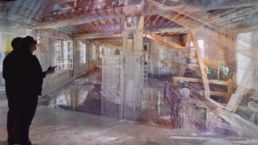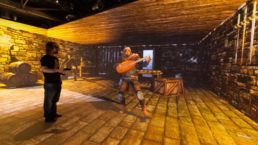Ronan Gaugne
Rennes, FR
Virtual Reality Research Engineer and Technical Director of the Immersia platform, IRISA laboratory, Rennes.
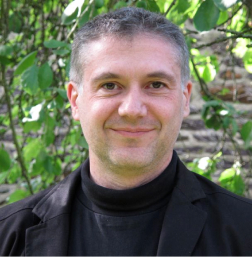
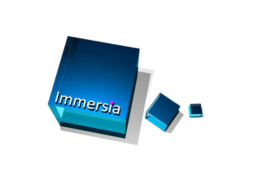
Biography
Ronan Gaugne is a research engineer in computer science at the University of Rennes 1, at the IRISA computer science research institute, and at the Inria research center. He is a member of the Hybrid research team, in the field of Virtual Reality, where his work focuses more particularly on the application of virtual reality to the fields of arts, culture and heritage. Since its construction in 2010, he has been the technical manager of the virtual reality platform Immersia. This platform, dedicated to research activities, offers software and hardware, high-end equipment and expert support in the field of virtual reality. He worked for over ten years at Atos Origin as an IT architect and project manager. He led several technical teams mainly in Telecoms. He was a lecturer working on virtual reality clustering at LIFO, a research laboratory at the University of Orléans for three years, between 1999 and 2002. He is a member of the “Selection and Validation Committee” of the “Image & Network” competitiveness cluster.
Answers from Ronan Gaugne
I am Ronan Gaugne, research engineer at the University of Rennes 1. I am the technical director of the virtual reality platform Immersia, so I work in the field of virtual reality research.
There is currently a growing need for digital content that is 2D or 3D and in many areas. What comes to mind first, of course, is all that is leisure, cinema, video games, but also all that is art and culture. There is more and more content for these areas. Of course, communication, whether it is business communication, but also communication between people. We use more and more tools to meet through avatars. It is something that is developing, which has developed a lot with the health crisis, people need social activities and meet on these virtual universes.
Another area where we see a big growth of companies that use digital content is everything related to training, with many companies in the field of information, in somewhat complicated sectors such as health, dangerous industries, therefore, where the use of creations of environments and digital virtual scenes will develop to put people in situations and of course, these environments are based on animated and scripted digital environments.
It is also important to see in this field is that there is of course all that is animation, but there is also the real time which must be taken into account, all that is virtual reality environment and augmented reality, which have their specificities which we can come back to.
In this specialty, what we see is that there are both technical skills to be had, but also creative skills. And so, it’s important to combine the two. And Creative Media-type projects have a particularity, you need a team behind it with lots of different professions that will combine. So you have to be able to have an overview of this type of project, how it works, the different roles, the timeline of a Creative Media project. And then, there are also additional features that should not be overlooked. It’s a field that relies on technologies that are constantly evolving, software that is constantly evolving. So you need a great ability to self-train, to do technology watch, of course. And then to innovate too. One can invent things in the creation of 3D environment by combining in new ways both hardware hardware equipment and software.
It takes a number of technical skills. Of course, everything that is 2D, 3D animation. Technical skills also in real-time environments which have very specific constraints. Artistic skills may just be necessary to know how to manage the creativity part of aesthetics, of course, to know how to arouse an emotion, how to arouse an emotion in the public. As I said, these are projects that are carried out as a team, so you have to be able to learn all the roles well and know how to manage a project of a creative nature. And then it’s a professional project, so you have to be able to understand the specifications, to meet the needs of a client, to be able to work from the very preliminary stages of a project, to set up a team with different skills. And then you have to know how to carry out the project. So, combine the different roles in the realization, participate in this realization, the technical and creative skills again. And then, being able to develop your own skills according to new needs.
So, in any case, what we see is that creative projects are based on both hardware and software technologies that are evolving enormously, and we see this in the environment in which I work, in the middle research or equipment on which we rely, are constantly changing, progressing, have capabilities that really increase each year in an impressive way and therefore create new opportunities to offer new approaches to the public. Software is also evolving a lot with ways of approaching our relationship to the digital world which will increase, in particular with everything that is how we project ourselves into a digital world, how we will incarnate ourselves in this digital world. Currently, there is a lot of research on embodiment in digital worlds, avatars and then the development of the affective side with both avatars and other characters that we can meet in the digital world. Lots of development, social relations also in digital environments. How are we going to be able to communicate remotely? How are we going to be able to convey emotions? And this, forgetting the equipment which is sometimes heavy, but which, of course, tends to become lighter and lighter. Another aspect that is important with these digital environments is our ability to interact with them, so the senses that we will be able to include in our interactions. Of course, we see, we hear. It’s a first approach, but more and more, we want to touch. So for the moment, it’s limited to vibrations, but with so-called haptic devices, which allow us to have a physical feeling of these environments, precisely without physics. It’s something that gives another approach, another way of communicating, of exchanging with them, with other people. Since of course, we always want contact, we want to shake hands, to touch him from a distance. They are also equipment, senses that we try to develop in the research environment.
Purely technological developments in equipment, hardware and what we see happening, of course, is all the light virtual reality and augmented reality equipment that will allow us both to enter these virtual worlds or to combine virtual worlds with the real world, which are quite different approaches, but which will develop enormously in the years to come and quite rapidly in the next five years. We are going to have extremely light equipment, for the general public, of much better quality than what we currently have, which is already of acceptable quality compared to when we look back.
Another aspect is our relationship with the worlds of virtual worlds. So how do you develop social relationships in these virtual worlds? How to have an emotional relationship, and how to feel embodied in this digital world? It works both with a representation of oneself, with more realistic avatars, both in their graphic representation, but also in their way of showing emotions.
Another aspect is the development of equipment that will allow us to have more advanced interactions with the digital worlds of physical interactions. Physically feeling the digital worlds in a convincing way with haptic devices, then increasingly light, since now we are able to simulate touch with ultrasonic devices, for example, which really allow us to have the sensation of touching a object in front of us. So these are very active areas of research at the moment and which will be found in these projects in the next few years. So here we are over 10 years, perhaps for haptic devices, but it is a new mode of interaction that will become increasingly important.
I work in the field of research. So effectively, indirectly, on the other hand in the field of research there, we have a lot of collaborative projects with companies, with artists. And in these collaborative projects, we are led to create content. In this context, we may well need profiles in creation, digital environments, animation, scripting, narration in these environments.
So, of course, the relationship with the professional environment is very important, but it is absolutely necessary to maintain a link with the world of research or to create this link. Whether through projects carried out by students in research laboratories to precisely confront these new paradigms of incarnational interaction in virtual worlds. Another aspect that is important in creative media, we remain at the level of creation of images and animations, images. But we must not forget all these interactive real-time technologies such as virtual reality and augmented reality which will have an increasingly important place in the everyday world.
